

|
 |
Madman AKA Legend Lives (The) AKA Madman Marz (Blu-ray)
[Blu-ray]
Blu-ray ALL - United Kingdom - Arrow Films Review written by and copyright: Paul Lewis (24th August 2015). |
|
The Film
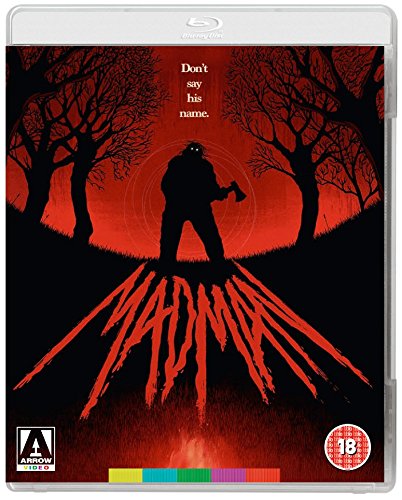 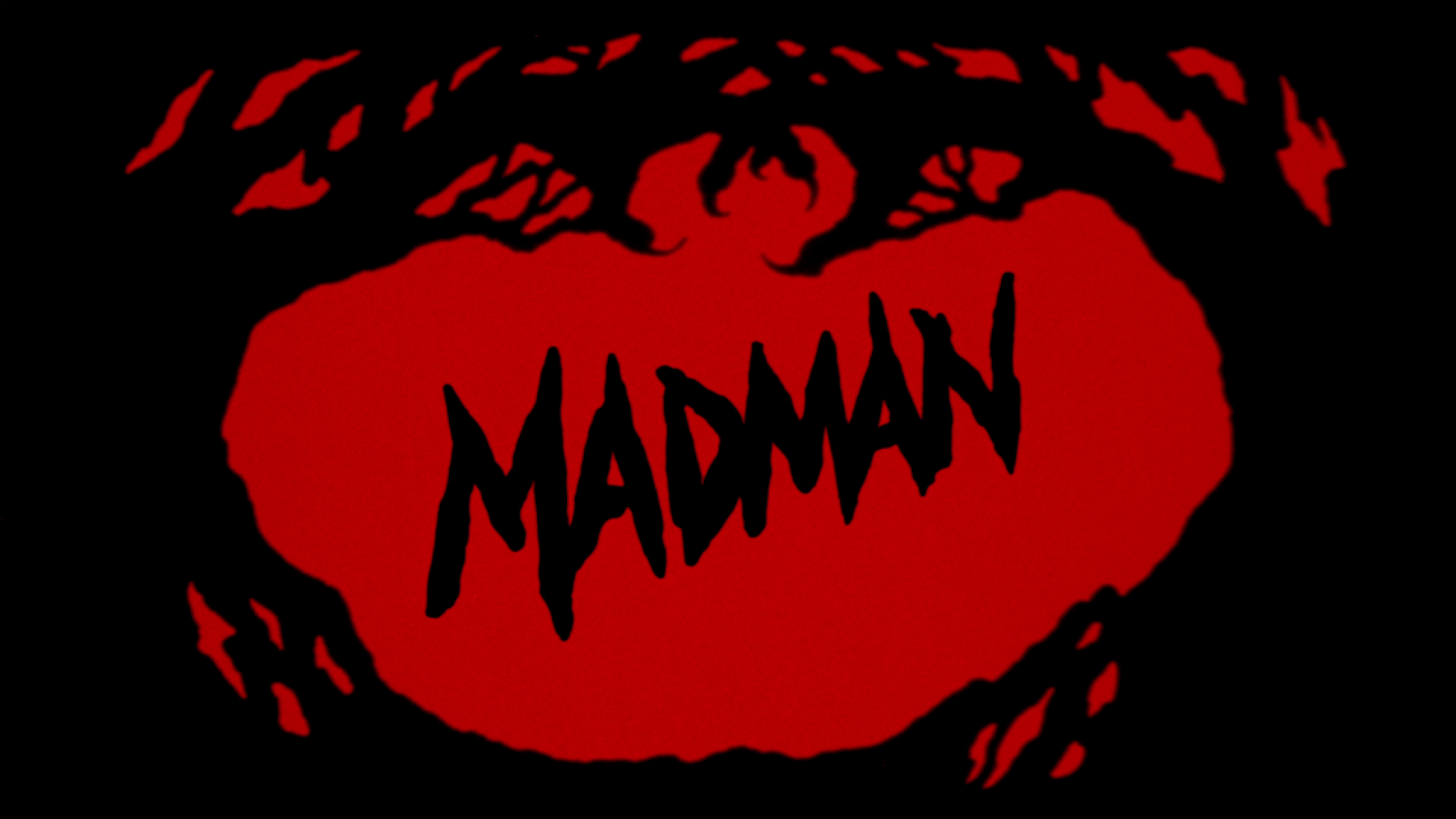 Madman (Joe Giannone, 1982) Madman (Joe Giannone, 1982)
Like John Carpenter’s The Fog (1979), Joe Giannone’s bodycount picture Madman (1982) opens with a tale of terror being told around a campfire. As in The Fog, the use of this device, which frames the narrative that follows, gives the film a strong sense of reflexivity. At a camp for gifted children, the organiser of the camp, Max (Frederick Neumann, acting under the name of Carl Fredericks), tells the guests the tale of ‘Madman’ Marz (Paul Ehlers): a local man who, legend has it, killed his family with an axe before being lynched himself by the townsfolk. If Marz’s name is spoken aloud in the woods near his now-dilapidated former home, it is said that he will come back to life to kill the speaker either with an axe or by hanging. Of course, Max’s tall story seems like nothing more than a campfire tale – that is, until ‘Madman’ Marz appears to return to life and pick off the camp’s counselors one by one. Although he initially expresses a reluctance to speak ‘Madman’ Marz’s name aloud, when pressed by one of the listeners to reveal the name that the legend dictates they should not speak, Max is soon convinced otherwise. The theatricality of his telling of this local legend undermines its veracity, and herein lies the reflexivity that exists at the heart of this film and the other bodycount pictures that revolve around myths and urban legends (for example, Tony Maylam’s The Burning, 1982): do the tales told within these films – usually around a campfire, either literally or metaphorically – enact a reality owing to their telling (ie, are the creatures within them conjured into being owing to the belief in them that’s expressed within the stories and those who listen to them); or do the legends that are presented in the form of campfire tales very simply have a basis in reality (ie, that the legends are, within the context of the films’ diegeses, ‘true’)? The film’s reflexivity also comes to the fore when Betsy tells Max she’s ‘concerned about the effect they [the campfire tales] have upon the younger ones’, and in response Max promises to exclude the younger attendees from the campfire tales next year. It’s a brief moment that underscores the extent to which the films within the bodycount subgenre are often seen themselves as a rite of passage for their viewers – marking the transition from childhood bogeymen to more adult terrors. 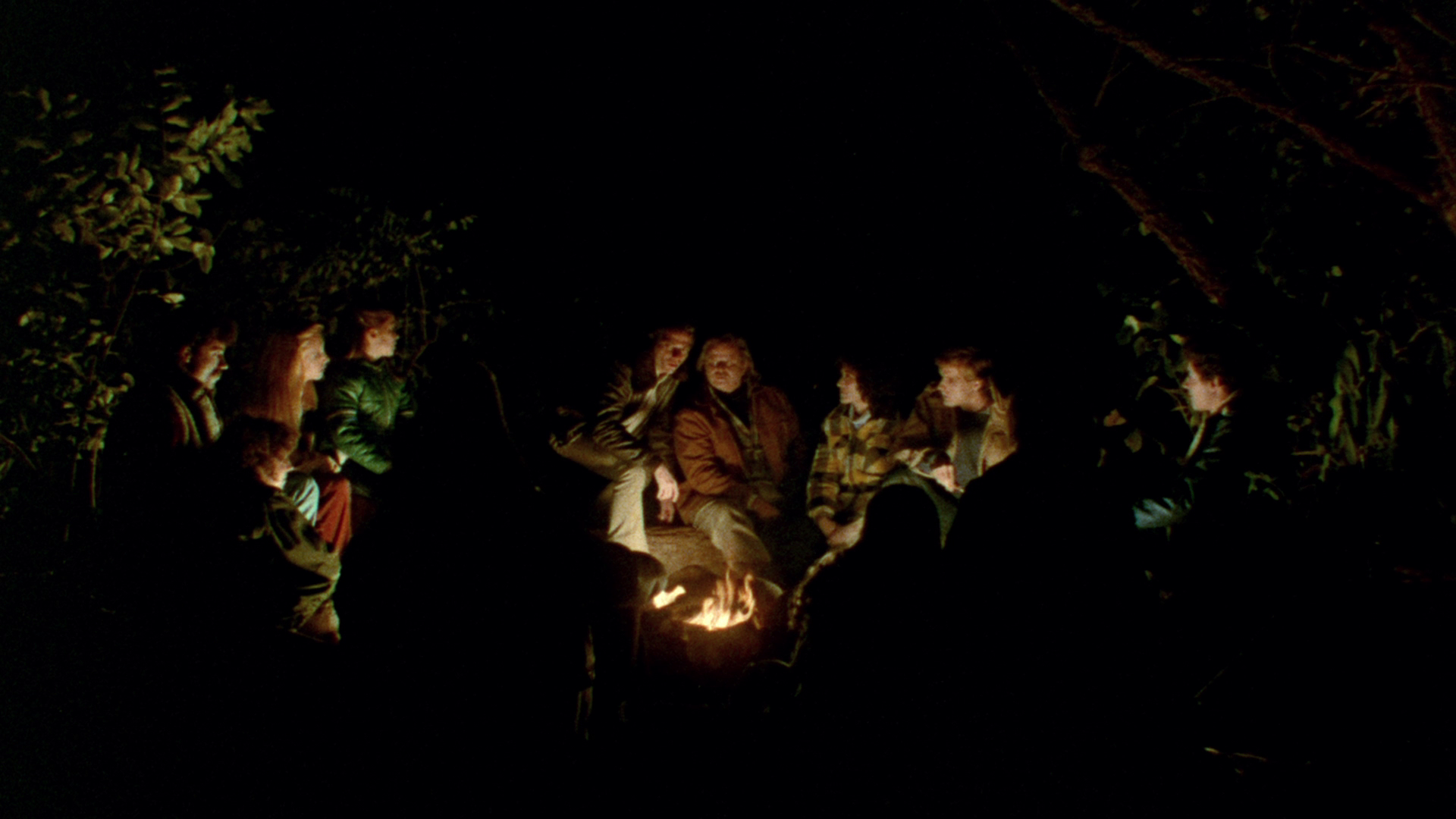 In the case of Madman, the campfire tale is interrupted by moments of prolepsis: brief but haunting flashforwards to the moments of death of the camp’s counselors. John Kenneth Muir has argued that these flashforwards are ‘not only creepy’ but that they grant ‘the film (and the massacre) a concrete, dread-filled sense of inevitability’ (Muir, 2007: 262-3). As Muir observes, ‘[o]ne might expect that in a horror film, revealing which characters are going to die would ruin the suspense. However, considering the slasher formula, that’s not necessarily so’ (ibid.: 263). What’s important in the bodycount picture, Muir argues, is not which characters die but how they die – and the ways in which a film such as Madman offers a new ‘spin’ on the paradigms of the bodycount picture (ibid.). In the case of Madman, the campfire tale is interrupted by moments of prolepsis: brief but haunting flashforwards to the moments of death of the camp’s counselors. John Kenneth Muir has argued that these flashforwards are ‘not only creepy’ but that they grant ‘the film (and the massacre) a concrete, dread-filled sense of inevitability’ (Muir, 2007: 262-3). As Muir observes, ‘[o]ne might expect that in a horror film, revealing which characters are going to die would ruin the suspense. However, considering the slasher formula, that’s not necessarily so’ (ibid.: 263). What’s important in the bodycount picture, Muir argues, is not which characters die but how they die – and the ways in which a film such as Madman offers a new ‘spin’ on the paradigms of the bodycount picture (ibid.).
After its credits (black text on a red background), Madman opens with a campfire: young people are gathered around the campfire as one of the camp counselors, TP (Tony Fish) sings a song about a killer. TP’s song is followed by the camp organiser, Max, telling the attendees the legend of ‘Madman’ Marz, a local farmer who murdered his wife and children with an axe before being lynched and killed by his neighbours. Marz’s corpse, legend has it, disappeared, and Max tells his listeners that if one speaks Marz’s name aloud, he will come in the night with murder in his heart. Marz’s former home, now dilapidated, is near the campsite; and when the people sitting round the campfire return to the camp for the night, one of them, Richie (Tom Candela), decides to wander off on his own and explore the ruined house. He explores the derelict building and, later, attempts to return to the camp but finds himself lost in the forest. His absence isn’t noticed immediately by the counselors, who form a group of several couples: Betsy (Gaylen Ross, acting under the name of Alexis Dubin) and TP; Ellie (Jan Claire) and Bill (Alex Murphy); and Stacy (Harriet Bass) and Dave (Seth Jones). 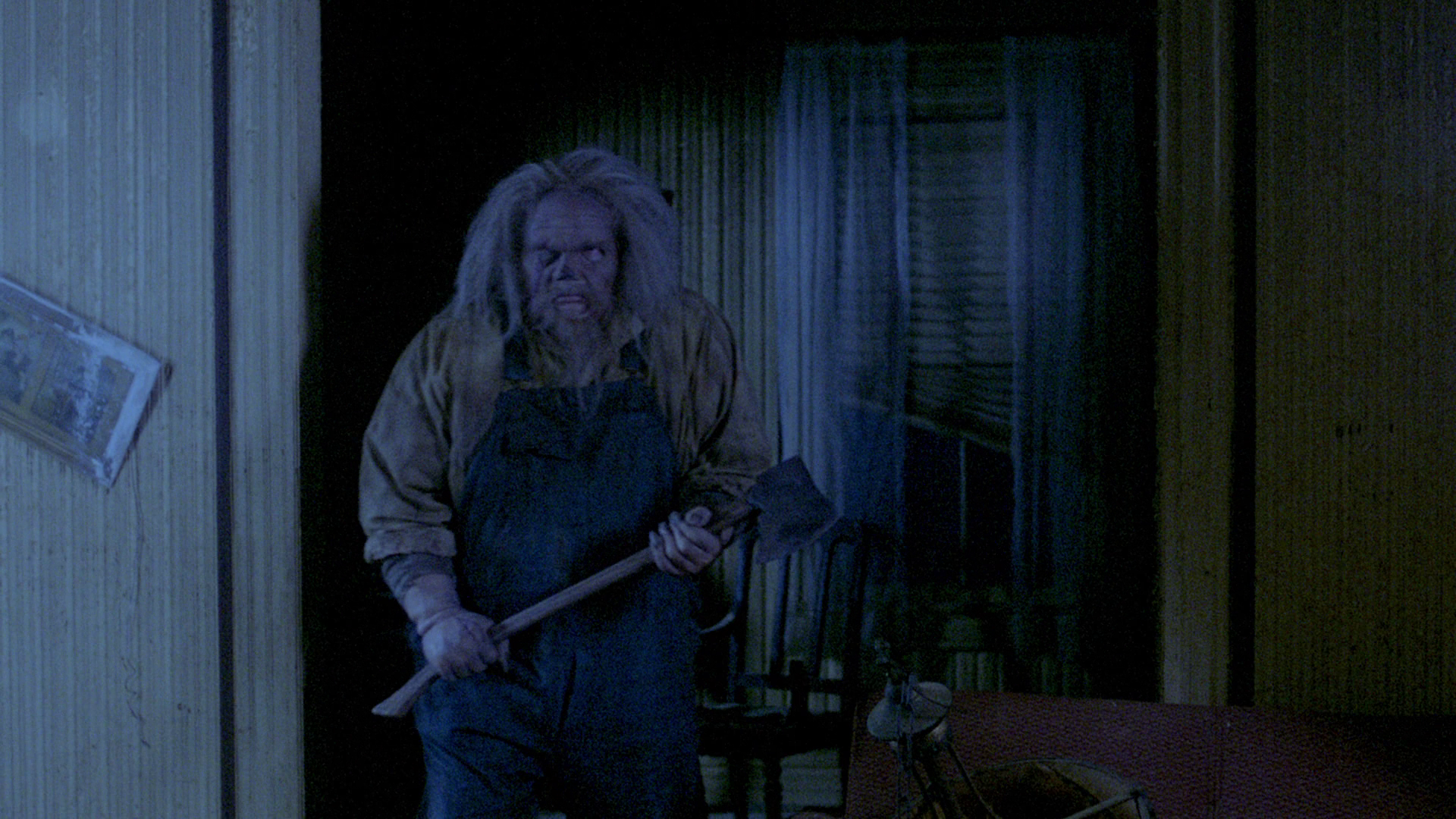 Unbeknownst to the inhabitants of the camp, ‘Madman’ Marz has come to life and has begun looking for victims. His first is Dippy (Michael Sullivan), the camp’s cook. When TP notices the absence of Richie, he wanders into the forest looking for him but encounters Marz, who ties a noose around TP’s neck and hangs him. The stage is now set for Marz to pick off the other counselors one by one, as they begin to notice their dwindling numbers and, against all common sense, wander alone into the forest looking for their fallen comrades. Unbeknownst to the inhabitants of the camp, ‘Madman’ Marz has come to life and has begun looking for victims. His first is Dippy (Michael Sullivan), the camp’s cook. When TP notices the absence of Richie, he wanders into the forest looking for him but encounters Marz, who ties a noose around TP’s neck and hangs him. The stage is now set for Marz to pick off the other counselors one by one, as they begin to notice their dwindling numbers and, against all common sense, wander alone into the forest looking for their fallen comrades.
The campfire theatrics introduced in the opening sequence are referenced later in the film, when Stacy, Ellie, Bill and Dave are all gathered around a fire in one of the camp buildings. These theatrics also present the audience with red herrings as to the identity of the killer – who at this point in the narrative the audience may assume is either the ‘real’ ‘Madman’ Marz, returned from the grave, or one of the more human members of the cast masquerading as the ‘Madman’ and using the legend to their own nefarious ends. ‘Great fire, Bill’, Ellie says. ‘Thanks’, Bill replies, ‘I love to feel the flames devour the wood. Who says there’s no beauty in destruction?’ (Bill’s comments arguably foreshadow a moment at the climax of the film.) ‘I don’t think there’s beauty in any kind of destruction, for any reason’, Stacy offers. ‘I’d say that depends on the reason, for as long as our reason stays reasonable. That’s the most frightening thing about us humans’, Dave says. He pulls out a knife and performs menacingly for the others: ‘You never really know what’s in my mind at any given time. You never know if I’m thinking rationally or if I’ve created some other reality that seems to fit, that seems to be normal. But you never really know what “normal” is to me’. ‘Dave, are you okay’, Stacy asks him. ‘Of course I am’, Dave responds: ‘I’m letting my emotions govern my intellect. See how easy it is to question another human mind? I can judge by your faces there’s a question about me, a touch of fear in your eyes [….] I could take your bodies, one at a time, and hide them so no-one would ever find them. I could chop off your heads’, Dave continues before scaring the others by pouncing on them. 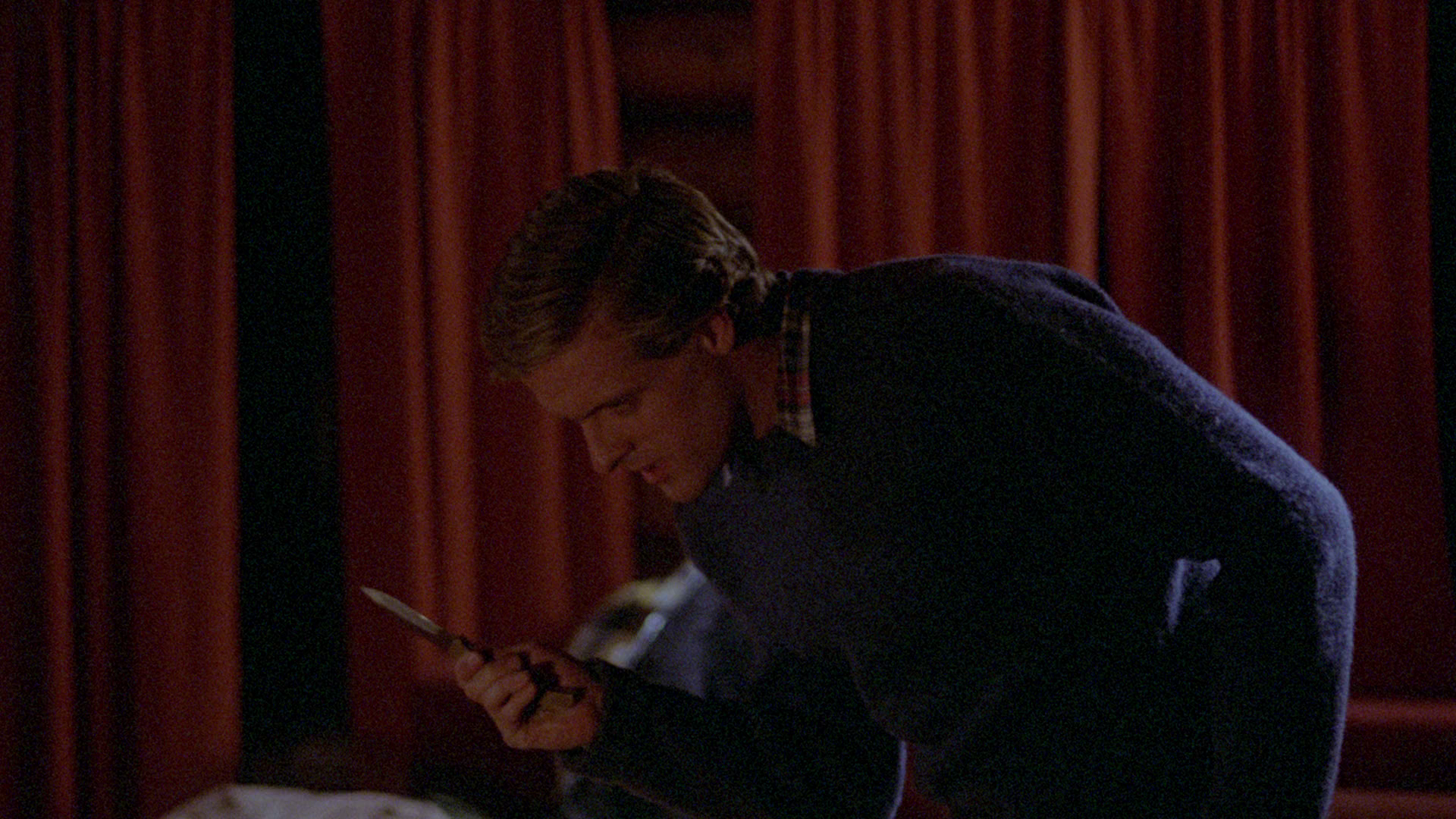 This moment of campfire theatrics foreshadows some of the later developments in the narrative: the decapitation by ‘Madman’ Marz of a number of members of the group (by axe, by the bonnet of a truck), and the fact that Marz hides/collects the corpses of his victims in the basement of his derelict house. It also provides the audience with a red herring as to who may have committed the murder of Dippy (the only victim of Marz at this point in the narrative). However, with the subsequent disappearance of TP this red herring becomes increasingly unconvincing – given that Bill and Dave seem from that moment forwards to be in the presence of, at the very least, Stacy or Ellie. This moment of campfire theatrics foreshadows some of the later developments in the narrative: the decapitation by ‘Madman’ Marz of a number of members of the group (by axe, by the bonnet of a truck), and the fact that Marz hides/collects the corpses of his victims in the basement of his derelict house. It also provides the audience with a red herring as to who may have committed the murder of Dippy (the only victim of Marz at this point in the narrative). However, with the subsequent disappearance of TP this red herring becomes increasingly unconvincing – given that Bill and Dave seem from that moment forwards to be in the presence of, at the very least, Stacy or Ellie.
The film had its roots in the legend of the Cropsey Maniac, which originated in the summer camps of New York and has been documented in an article by Lee Haring and Mark Breslerman that was published in a 1977 issue of New York Folklore (Haring and Breslerman, 1977). The legend of the Cropsey Maniac revolves around ‘a respected member if the community whose insane desire to avenge an accidental death [in most versions of the story, of his son] prompts him to stalk the outskirts of the camp property as a revenant’ (ibid.). The specifics of the story have changed from time to time, but this basic premise has remained a constant – as has Cropsey’s alleged use of the axe as his principle tool for dispatching his victims. Campfire stories such as that of the Cropsey Maniac serve an important function in the very American tradition of the summer camp: as Haring and Breslerman suggest, such tales help to ensure that the young people attending such camps demonstrate solidarity, working together; and they also reinforce the importance of respecting the rules of such camps, especially the commandment that attendees should not stray off the camp’s grounds (ibid.). However, the development of Tony Maylam’s The Burning (1981), in which the tale of the Cropsey Maniac plays a central role, resulted in Madman reputedly undergoing a hasty rewrite to rework the antagonist as ‘Madman’ Marz. Like Cropsey himself, ‘Madman’ Marz is both corporeal (with a physical presence) and ethereal (supernatural). As in some of the tellings of the Cropsey Maniac story, ‘Madman’ can be summoned by saying his name aloud – and in this sense, the film incorporates elements of other urban legends, including that of ‘Bloody Mary’. 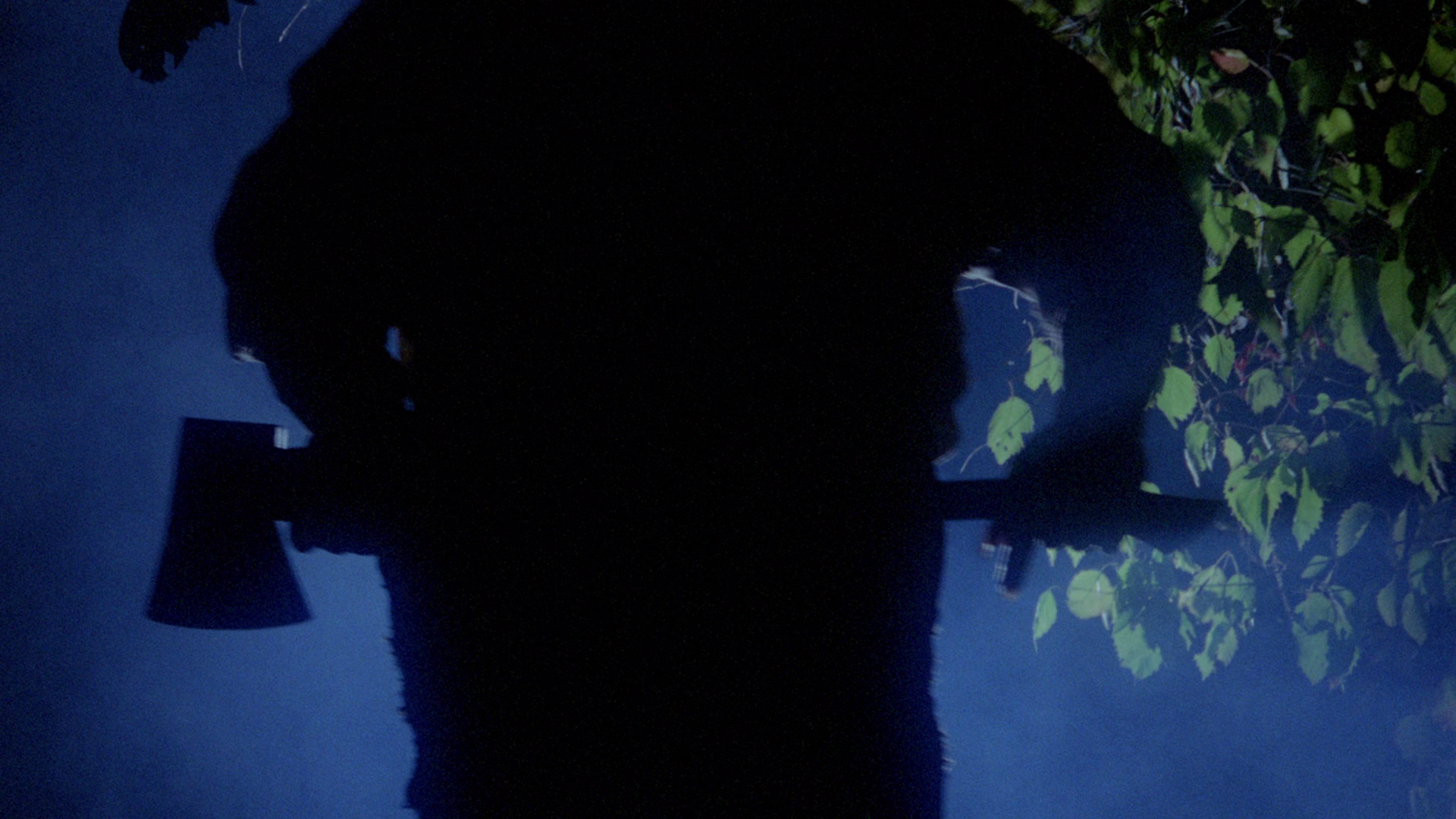 Alongside this reference to a modern urban myth, Madman also makes some strange allusions to the legends surrounding King Arthur, with an axe (presumably belonging to Marz) buried deep in a tree stump outside the camp buildings, like the sword in the stone. A blusterful TP attempts to remove the axe but is unsuccessful in his endeavours. Max offers TP help but, even working together, both of them fail to dislodge the axe from the stump. Max then offers TP some advice: ‘Losing, winning, what’s the difference? Play the game with a fair heart and you’ll always be able to look yourself in the mirror. Play too hard to win and you might not like what you become’. ‘You become a winner’, TP asserts, ‘That’s what you become’. TP’s ‘alpha male’ attitude marks him as the film’s first major victim (the death/disappearance of Dippy is passed over quite quickly, unnoticed by the others): his death is necessary in order to imperil the others, thus paving the way for Betsy’s status as the film’s ‘final girl’. Alongside this reference to a modern urban myth, Madman also makes some strange allusions to the legends surrounding King Arthur, with an axe (presumably belonging to Marz) buried deep in a tree stump outside the camp buildings, like the sword in the stone. A blusterful TP attempts to remove the axe but is unsuccessful in his endeavours. Max offers TP help but, even working together, both of them fail to dislodge the axe from the stump. Max then offers TP some advice: ‘Losing, winning, what’s the difference? Play the game with a fair heart and you’ll always be able to look yourself in the mirror. Play too hard to win and you might not like what you become’. ‘You become a winner’, TP asserts, ‘That’s what you become’. TP’s ‘alpha male’ attitude marks him as the film’s first major victim (the death/disappearance of Dippy is passed over quite quickly, unnoticed by the others): his death is necessary in order to imperil the others, thus paving the way for Betsy’s status as the film’s ‘final girl’.
Given the absence of Max for much of the running time, a first-time viewer of Madman may expect the film to obey the formula established in Friday the 13th (Sean S Cunningham, 1979), in which the supernatural monster (believed to be Jason Voorhees) killing the counselors at Camp Crystal Lake is revealed in the climax to be Jason’s mother, thereby having nothing to do with the supernatural at all. Within this context, one might expect the titular madman to, in the film’s final reel, be revealed to be Max himself: the originator of the story of ‘Madman’ Marz. However, this isn’t the case, and as its narrative progresses the film confirms the ‘Madman’s status as a supernatural entity. 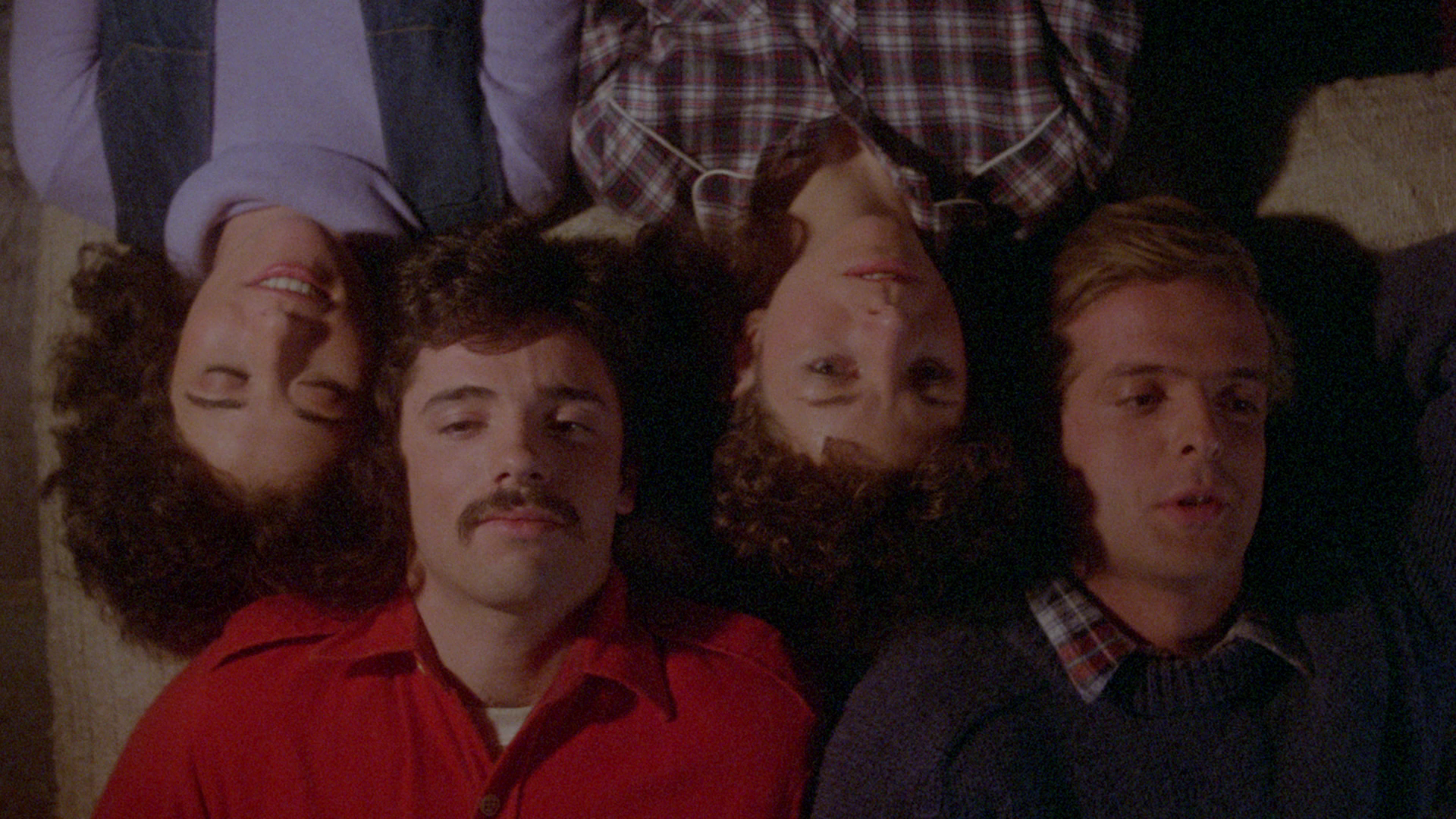 Nevertheless, despite his supernatural origins, in terms of the depiction of its villain (a huge man mountain whose hideously deformed features, marked by the axe that was buried in his face when he was lynched, aren’t hidden by a mask) Madman has more in common with ‘mountain man’ bodycount films such as Rituals (Peter Carter, 1977), The Prey (Edwin Brown, 1984) and Just Before Dawn (Jeff Lieberman, 1981) as with the likes of the sequels of Friday the 13th, in which Jason Voorhees comes to life to murder his victims, or John Carpenter’s Halloween (1978). Like Leatherface in Tobe Hooper’s The Texas Chain Saw Massacre, these rural maniacs draw upon the stories about real life killers such as Ed Gein; and in many of these films, there is a scene in which one of the to-be victims stumbles across the killer’s lair and discovers a collection of her/his victims (or trophies symbolising them), much as Ed Gein kept trophies from his victims and used them to decorate his home. Madman is no exception to this, with Richie first stumbling across ‘Madman’ Marz’s house in the woods, and the corpses in the basement; and, later in the film, Betsy is confronted with the same discovery. Nevertheless, despite his supernatural origins, in terms of the depiction of its villain (a huge man mountain whose hideously deformed features, marked by the axe that was buried in his face when he was lynched, aren’t hidden by a mask) Madman has more in common with ‘mountain man’ bodycount films such as Rituals (Peter Carter, 1977), The Prey (Edwin Brown, 1984) and Just Before Dawn (Jeff Lieberman, 1981) as with the likes of the sequels of Friday the 13th, in which Jason Voorhees comes to life to murder his victims, or John Carpenter’s Halloween (1978). Like Leatherface in Tobe Hooper’s The Texas Chain Saw Massacre, these rural maniacs draw upon the stories about real life killers such as Ed Gein; and in many of these films, there is a scene in which one of the to-be victims stumbles across the killer’s lair and discovers a collection of her/his victims (or trophies symbolising them), much as Ed Gein kept trophies from his victims and used them to decorate his home. Madman is no exception to this, with Richie first stumbling across ‘Madman’ Marz’s house in the woods, and the corpses in the basement; and, later in the film, Betsy is confronted with the same discovery.
Bodycount pictures are predominantly deeply formulaic. The pleasure of bodycount films arguably lies in watching them repeat a familiar formula – but delivered with gusto and atmosphere. Incorporating some efficiently gory kills (given the violence and grue on display, the film was perhaps surprisingly passed uncut by the BBFC for its original cinema release in the UK), Madman offers an almost archetypal slasher film narrative, but includes two death scenes that are striking in their deviation from the norm. As the others wander off into the forest and are killed one by one, Betsy is left to be the defining character archetype of the bodycount picture: the ‘final girl’. Left alone with the five children who remain at the camp, Betsy assumes the role of surrogate mother – much like the relationship between Ripley and Newt in James Cameron’s Aliens (1986). The camp and the children within it become metonymically connected to ‘Madman’ Marz’s own (nearby) home and family: the question becomes, will Marz manage to invade the camp and kill Betsy and the children, in much the same way as he killed his own wife and children? Betsy seeks to protect her charges with a shotgun, though the film arguably undercooks the ripe potential for a Straw Dogs (Sam Peckinpah, 1972)-type siege narrative within its climax. (Interestingly, Richie’s violation of Marz’s home is mirrored in the second half of the film by Marz’s intrusion on the camp site.) 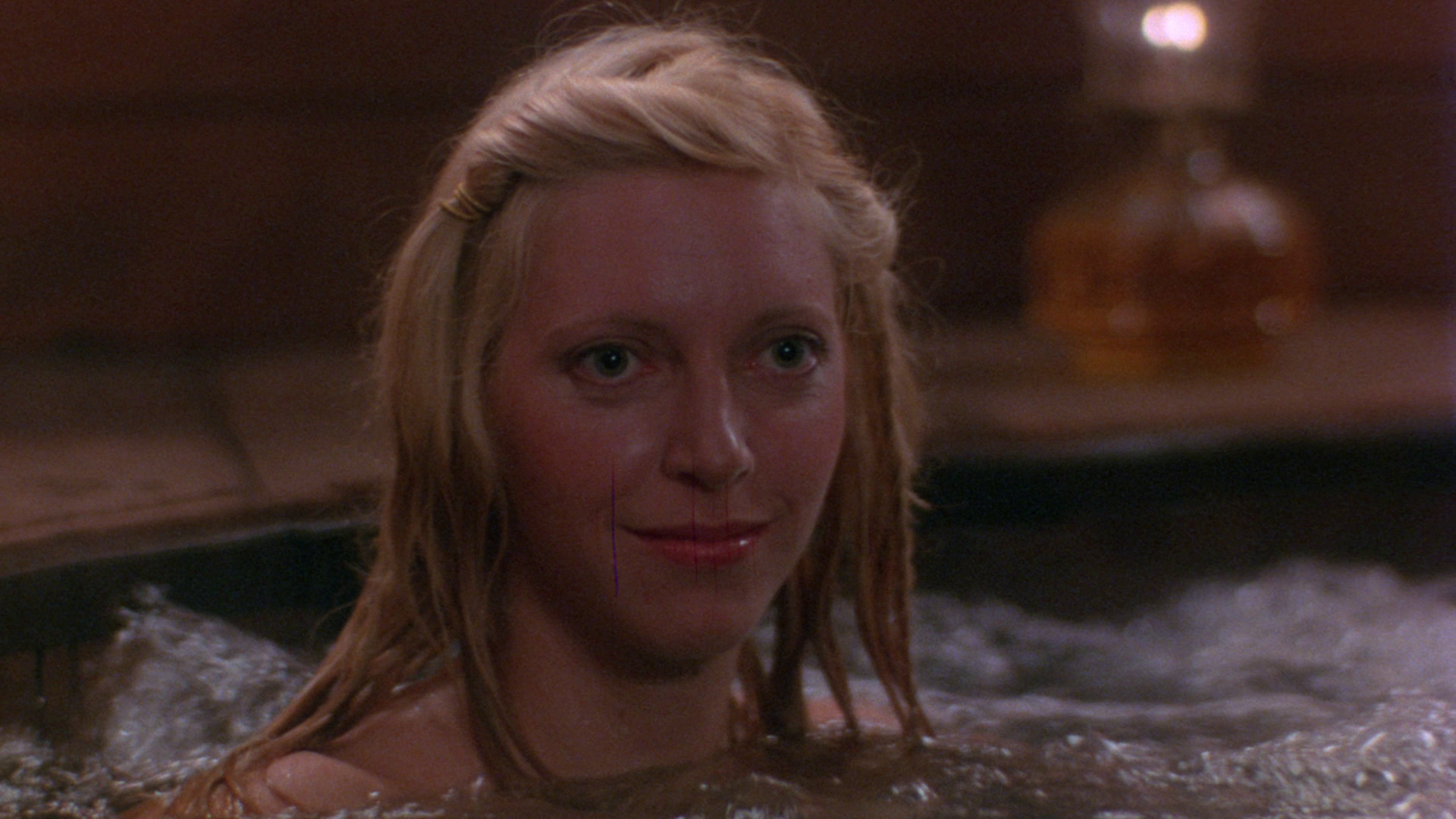 There are some odd aspects to the narrative: principally, there are more counselors than children at the camp. (At one point, Betsy numbers the children in the camp as five, whereas there are at least six counselors, not including Dippy – the cook – and Max.) In addition to this, the film contains a very strange sequence in which Betsy and TP make love in a hot tub (the nudity in this sequence is perhaps the reason for Gaylen Ross’ use of a pseudonym whilst working on the picture, and her subsequent refusal to discuss the film). Betsy and TP swirl around the hot tub, in a bizarre mating ritual; then we cut away to some other bit of business, before returning to Betsy and TP in the hot tub, where Betsy makes a joke about TP’s lack of sexual stamina. There’s also the bizarre line that TP makes just before his encounter with Marz in the forest: ‘Smells like death’, TP says, in a strange echo of the similar line in the English dub of Andrea Bianchi’s La notti del terrore (Nights of Terror, 1981) in which Pietro Barzocchini makes the oft-quoted comment ‘Mother, this cloth smells of death’. Additionally, during the climax Betsy discharges the shotgun she is carrying and apparently kills one of her friends, but seems oddly unfazed by this. There are some odd aspects to the narrative: principally, there are more counselors than children at the camp. (At one point, Betsy numbers the children in the camp as five, whereas there are at least six counselors, not including Dippy – the cook – and Max.) In addition to this, the film contains a very strange sequence in which Betsy and TP make love in a hot tub (the nudity in this sequence is perhaps the reason for Gaylen Ross’ use of a pseudonym whilst working on the picture, and her subsequent refusal to discuss the film). Betsy and TP swirl around the hot tub, in a bizarre mating ritual; then we cut away to some other bit of business, before returning to Betsy and TP in the hot tub, where Betsy makes a joke about TP’s lack of sexual stamina. There’s also the bizarre line that TP makes just before his encounter with Marz in the forest: ‘Smells like death’, TP says, in a strange echo of the similar line in the English dub of Andrea Bianchi’s La notti del terrore (Nights of Terror, 1981) in which Pietro Barzocchini makes the oft-quoted comment ‘Mother, this cloth smells of death’. Additionally, during the climax Betsy discharges the shotgun she is carrying and apparently kills one of her friends, but seems oddly unfazed by this.
Beginning production in Long Island in 1980, Madman wasn’t released until 1982. As noted above, the original UK cinema release was uncut. However, during the ‘video nasties’ moral panic the videocassette release by Video Film Organisation was seized by overzealous police officers, though it was never a part of any prosecutions of that era. The film was absent of any UK release for around twenty years, with the next home video release of the film, on DVD by Anchor Bay in 2002, being uncut. 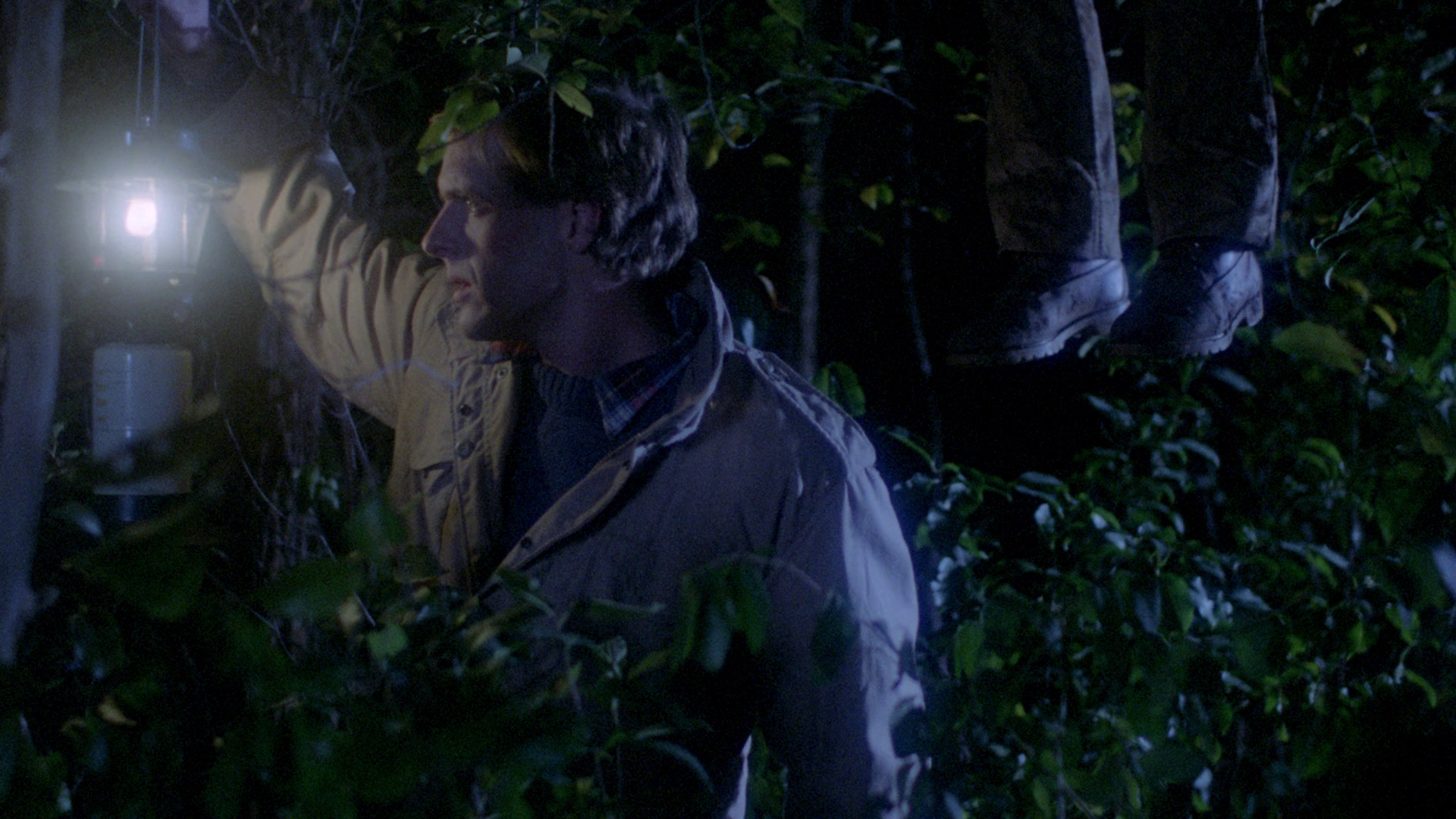 This Blu-ray presentation is similarly uncut, running for 88:42 mins.
Video
Madman is presented in the 1.78:1 aspect ratio. The 1080p presentation, using the AVC codec, takes up approximately 24Gb of space on a dual-layered Blu-ray disc. 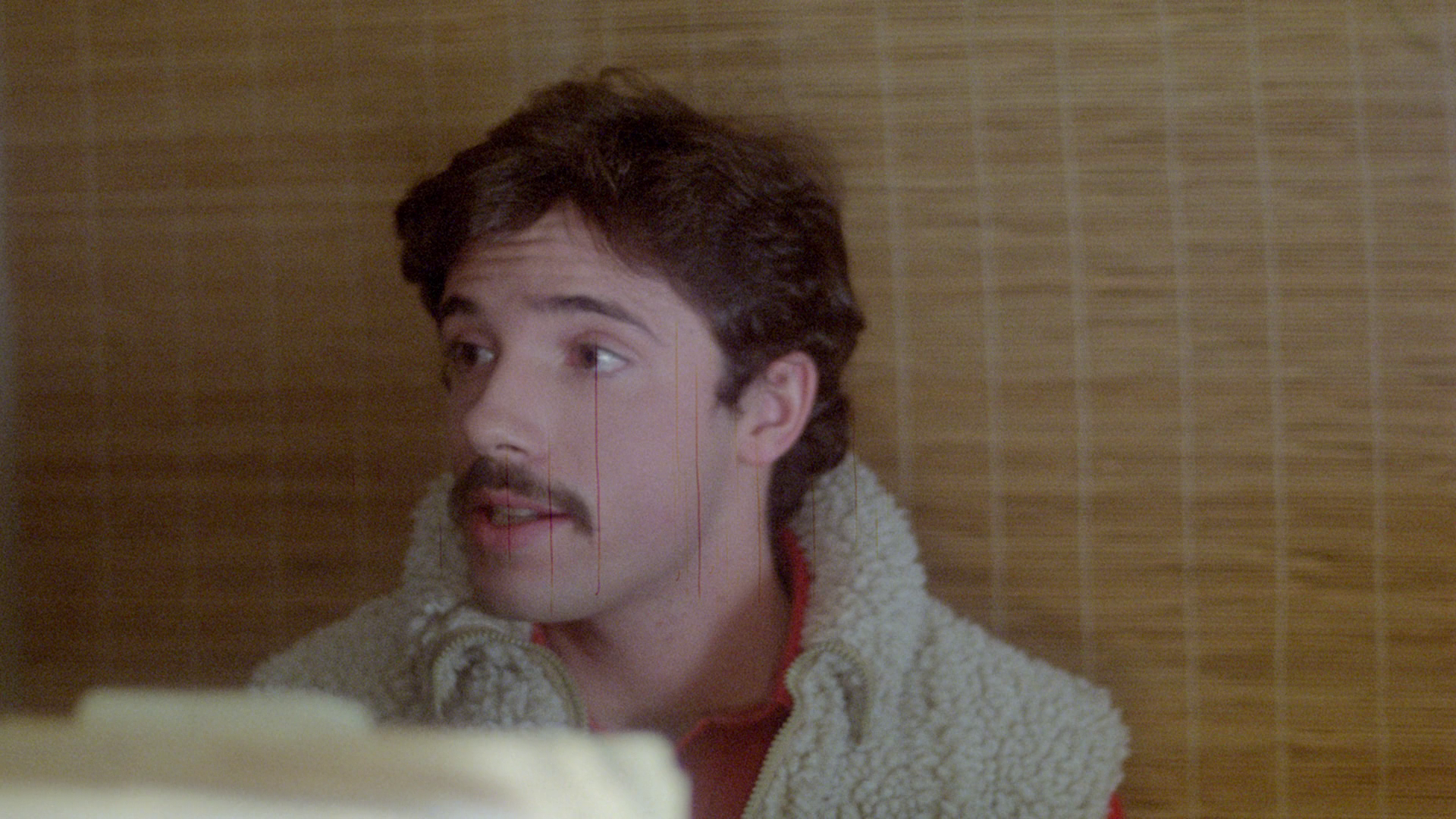 The film is presented here via a new 4k scan and restoration conducted by Vinegar Syndrome in the US. (Vinegar Syndrome have released the film on Blu-ray in the States, and though the two encodes are different, for all intents and purposes the experience of watching the film on Arrow’s new release is pretty much identical to the experience of watching the picture via the Vinegar Syndrome release.) The film is presented here via a new 4k scan and restoration conducted by Vinegar Syndrome in the US. (Vinegar Syndrome have released the film on Blu-ray in the States, and though the two encodes are different, for all intents and purposes the experience of watching the film on Arrow’s new release is pretty much identical to the experience of watching the picture via the Vinegar Syndrome release.)
The presentation exhibits rich, stable colour reproduction, which is evident from the opening titles sequence (which features black text on a red background) and within the sequence in which Richie and, later, Betsy explore the abandoned Marz house: these sequences are bathed in cold blue light (presumably meant to connote some form of supernatural power) which seems to follow Marz into the forest. The presentation on the whole is very clean, though there are several noticeable vertical scratches in the centre of the image in a number of scenes, which given their presence in a number of different sequences one may presume to have been produced either in-camera or when the film was processed. (These vertical scratches can also be seen in the film’s earlier DVD releases.) The detail present within the image is a noticeable improvement on the film’s DVD releases. The photography in some sequences makes use of diffused light, which sometimes results in a noticeably ‘soft’ appearance; and once or twice the focus puller seems to have fallen asleep at the wheel during a handful of scenes shot in extreme low light and presumably with a wide open aperture (thus making precise focusing very important). However, it’s important to stress that these are products of the film’s original photography. Good contrast levels result in a nicely-balanced image – something which the film’s previous home video presentations (on DVD and VHS) have struggled to achieve – which is important, given emphasis within the film’s photography on capturing scenes in low light.  The improvement in contrast in this Blu-ray release, compared to the film’s previous DVD releases, is a big plus, considering how much of the film revolves around the play between shadow and light. Tension is created in many sequences within shots that are composed almost as diptychs, with Marz’s next victim presented in one half of the frame whilst, unbeknownst to the characters, we can see Marz moving about in the shadows in the other half of the frame. The improvement in contrast in this Blu-ray release, compared to the film’s previous DVD releases, is a big plus, considering how much of the film revolves around the play between shadow and light. Tension is created in many sequences within shots that are composed almost as diptychs, with Marz’s next victim presented in one half of the frame whilst, unbeknownst to the characters, we can see Marz moving about in the shadows in the other half of the frame.
Finally, a strong encode ensures the film has the texture of 35mm film. On the whole, the film has a deeply pleasing organic appearance on this Blu-ray disc. NB. Some larger screen grabs can be found at the bottom of this review.
Audio
Audio is presented via a LPCM 1.0 track (in English, naturally). This is clean and clear throughout, and demonstrates good range. The deep percussive drumbeats which punctuate the opening scene fare nicely – as do the swellings of electronic music throughout the film. The disc includes optional English HoH subtitles.
Extras
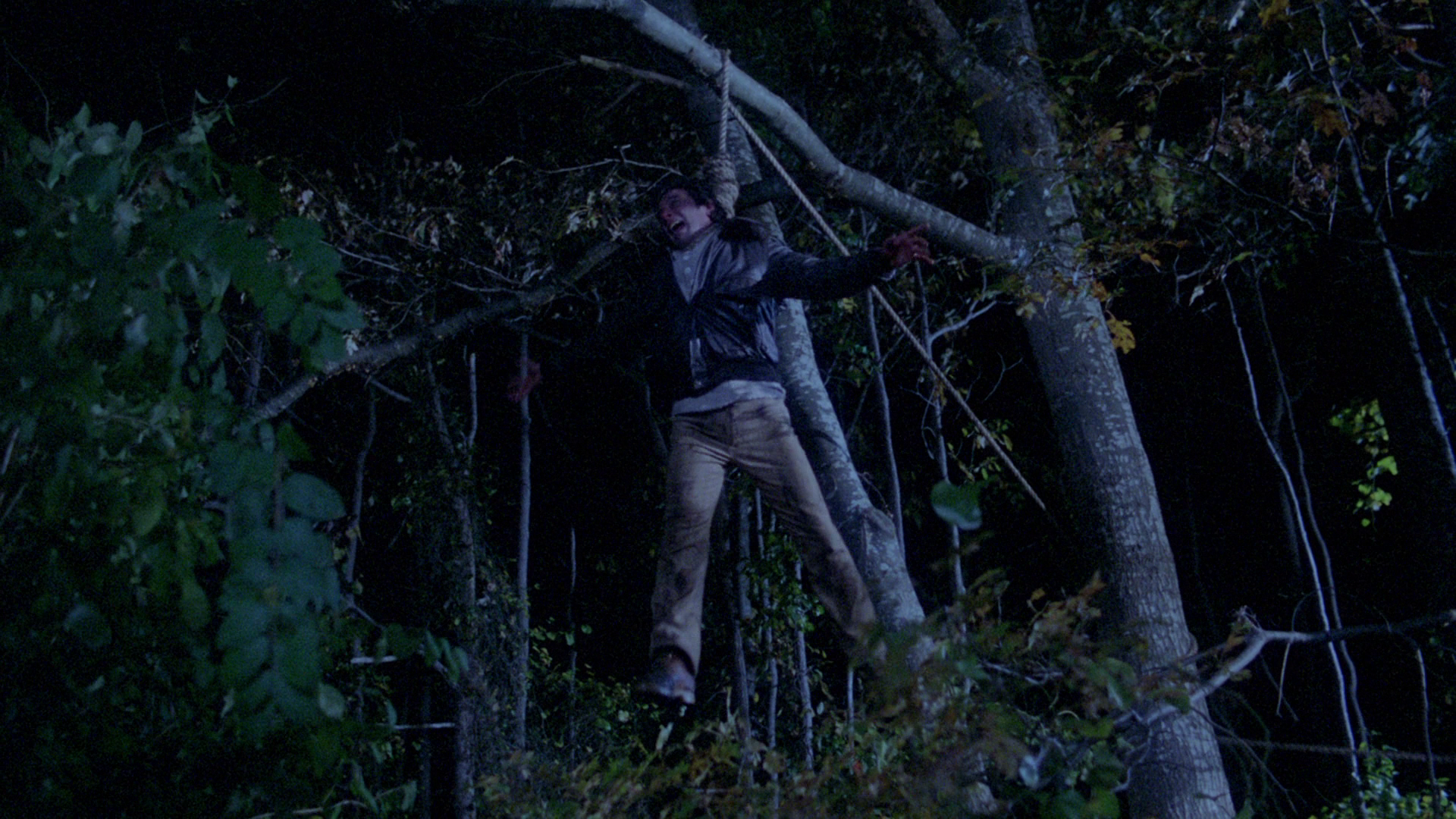 The release contains a stupendously good selection of contextual material. The release contains a stupendously good selection of contextual material.
Included in the package is one of Arrow’s usual lavishly-illustrated booklets; aside from the (always welcome) information about the transfer, this booklet includes a new essay on the film by James Oliver. Oliver situates Madman within the context of the boom in bodycount movies that occurred during the late 1970s and early 1980s. Oliver suggests that like many of the early 1980s slasher films, Madman is far less overtly ‘political’ than the films that preceded them (eg, Hooper’s The Texas Chain Saw Massacre), and this, Oliver argues, is owing to the cultural context in which the films were made. First-time viewers should be warned that there is at least one major ‘spoiler’ in this essay, so they should save reading the booklet until after watching the film. Two audio commentaries are included: - the first features the late Joe Giannone, the film’s director, producer Gary Sales and actors Paul Ehlers and Tony Fish (the latter of whom has also fairly recently passed away). This is the same audio commentary that was recorded for Anchor Bay’s American DVD release of the film in 2001. It’s a lively, engaging track which is heavy on anecdotes about the film’s production. The participants talk about the origins of the film and its development, and the story’s relationship with the legend of the Cropsey Maniac. - the second commentary is by podcasters (is that a word?) The Hysteria Continues! This is a fan’s-eye view of the film and offers an entertaining listening experience. These enthusiastic fans of the film spend a fair amount of time discussing the film’s relationship with other bodycount pictures of the era (and later films that Madman may have to some extent inspired) and the conventions of bodycount films more generally. An exclusive introduction by Ehlers and Sales (2:37) is included. The viewer is faced with the option of viewing the film with or without this brief introduction – exclusive to Arrow’s disc and different to the one included on the Vinegar Syndrome release from the US – in which Ehlers and Sales thank the film’s fanbase. Also included is the retrospective documentary ‘The Legend Still Lives: 30 Years of Madman’ (91:42). Previously included on Code Red’s DVD release of the film in the US, this feature-length documentary about the picture and its legacy features input from Gary Sales, Paul Ehlers and Harriet Bass, Ehlers’ son Jonathan and key grip Claude Kervan, alongside comments from some of the film’s fans. The participants reflect on the production of the film, and there’s a fascinating visit by some of them to the snow-covered locations where the film was shot. There’s quite a bit of overlap with the primary commentary, but the participants are so enthusiastic and engaging that those who have already listened to the commentary will still find this documentary an enjoyable viewing experience. 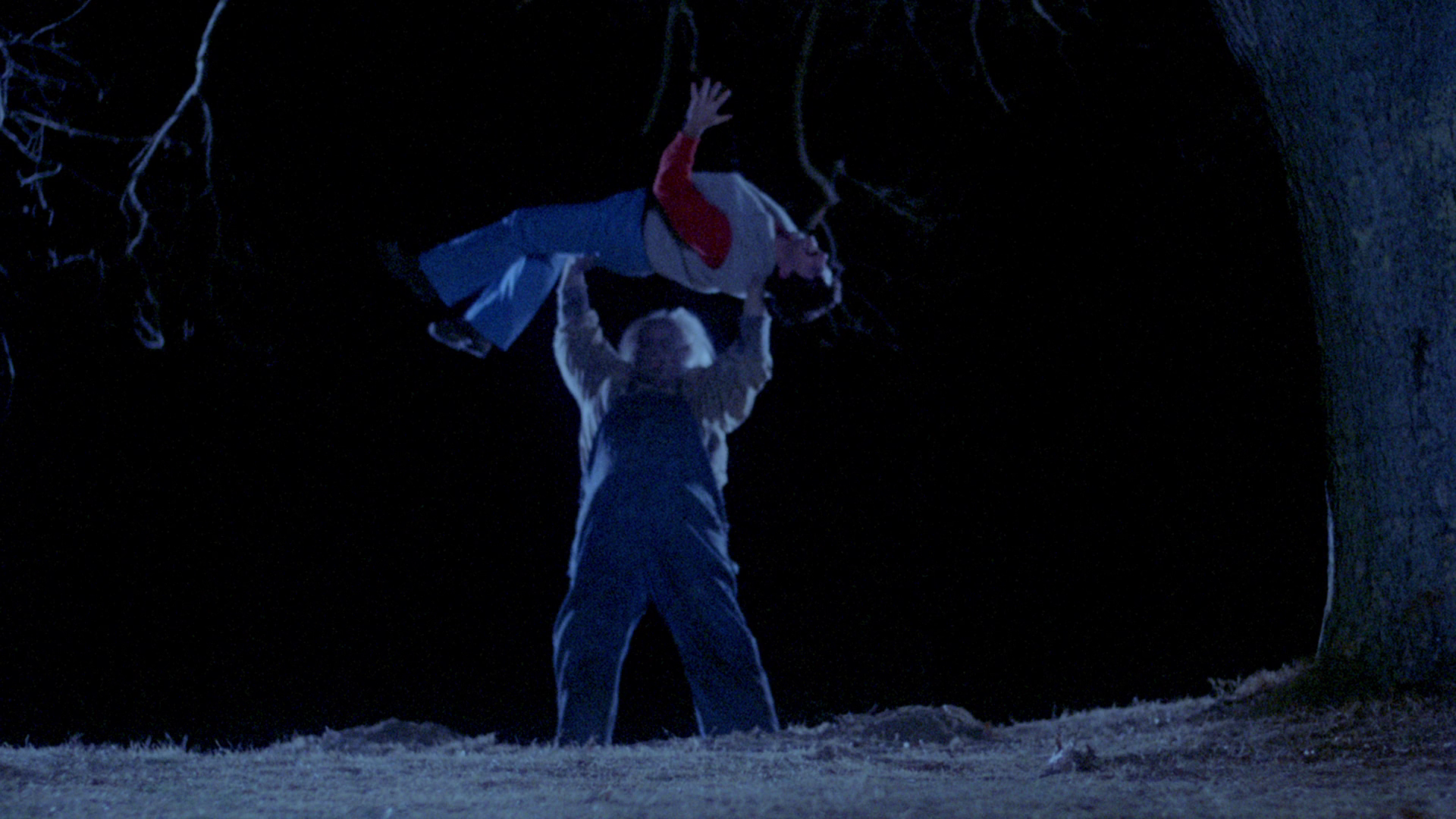 This is accompanied by the featurettes: This is accompanied by the featurettes:
- ‘Madman: Alive at 35’ (21:01). This is a new featurette, produced for Vinegar Syndrome’s US disc, that revolves around an interview with Tom Candela (Richie in the film), which is interspersed with footage from Candela’s reunion with Sales and Ehler thirty-five years after the production of the film. - ‘The Early Career of Gary Sales (14:24)’, also filmed for inclusion on Vinegar Syndrome’s US disc, focuses on Sales’ early work as a film producer (from hardcore porn pictures to softcore quickies) and includes Sales reminiscing on the production of Madman, with many of the stories overlapping with those told in the main commentary and the ‘The Legend Still Lives’ documentary. Music inspired by Madman (12:36) contains a selection of songs written by fans of the film. Deadpit Interviews: Interview with Gary Sales (3:37) sees Sales interviewed at a horror film convention. Deadpit Interviews: Interview with Paul Ehlers (5:15) is an interview with Ehlers, also recorded at a horror film convention. ‘In Memoriam’ (5:46) features Sales reflecting on the passing of Giannone. The disc includes the film’s trailer and five TV spots. Finally, the extras package is rounded out by a stills and artwork gallery (7:20) featuring commentary by Sales.
Packaging
The discs are housed in an Amaray case with reversible sleeve artwork. The new, default artwork for this release is very good, and on the flipside is the artwork that has previously been used for many of the film’s DVD and Blu-ray releases.
Overall
 Madman is an entertaining bodycount picture: it follows the paradigms of the early wave of bodycount pictures closely but has a couple of fairly major deviations from that formula – especially at the climax. There are some wonderful setpieces, alongside some really odd bits of business (Ellie’s attempt to hide from Marz in a refridgerator surely stands out in this regard, with the decapitation-by-car bonnet coming in at a very close second place). The film’s photography is a particular strength, especially in its use of light and shade and the appearance of the titular ‘madman’ within the same frame as his victims – moving in and out of the darkness. Madman is an entertaining bodycount picture: it follows the paradigms of the early wave of bodycount pictures closely but has a couple of fairly major deviations from that formula – especially at the climax. There are some wonderful setpieces, alongside some really odd bits of business (Ellie’s attempt to hide from Marz in a refridgerator surely stands out in this regard, with the decapitation-by-car bonnet coming in at a very close second place). The film’s photography is a particular strength, especially in its use of light and shade and the appearance of the titular ‘madman’ within the same frame as his victims – moving in and out of the darkness.
The presentation of the film on this Blu-ray release is very good, reminding viewers how effective the film’s photography is, and there’s a wealth of impressive contextual material which will delight the film’s many fans. Arrow’s Blu-ray release of this fun bodycount picture is definitely a worthwhile purchase for fans of this subgenre. References: Haring, Lee & Breslerman, Mark, 1977: ‘The Cropsey Maniac’. New York Folklore 3:(1-4) Muir, John Kenneth, 2007: Horror Films of the 1980s. London: McFarland & Company 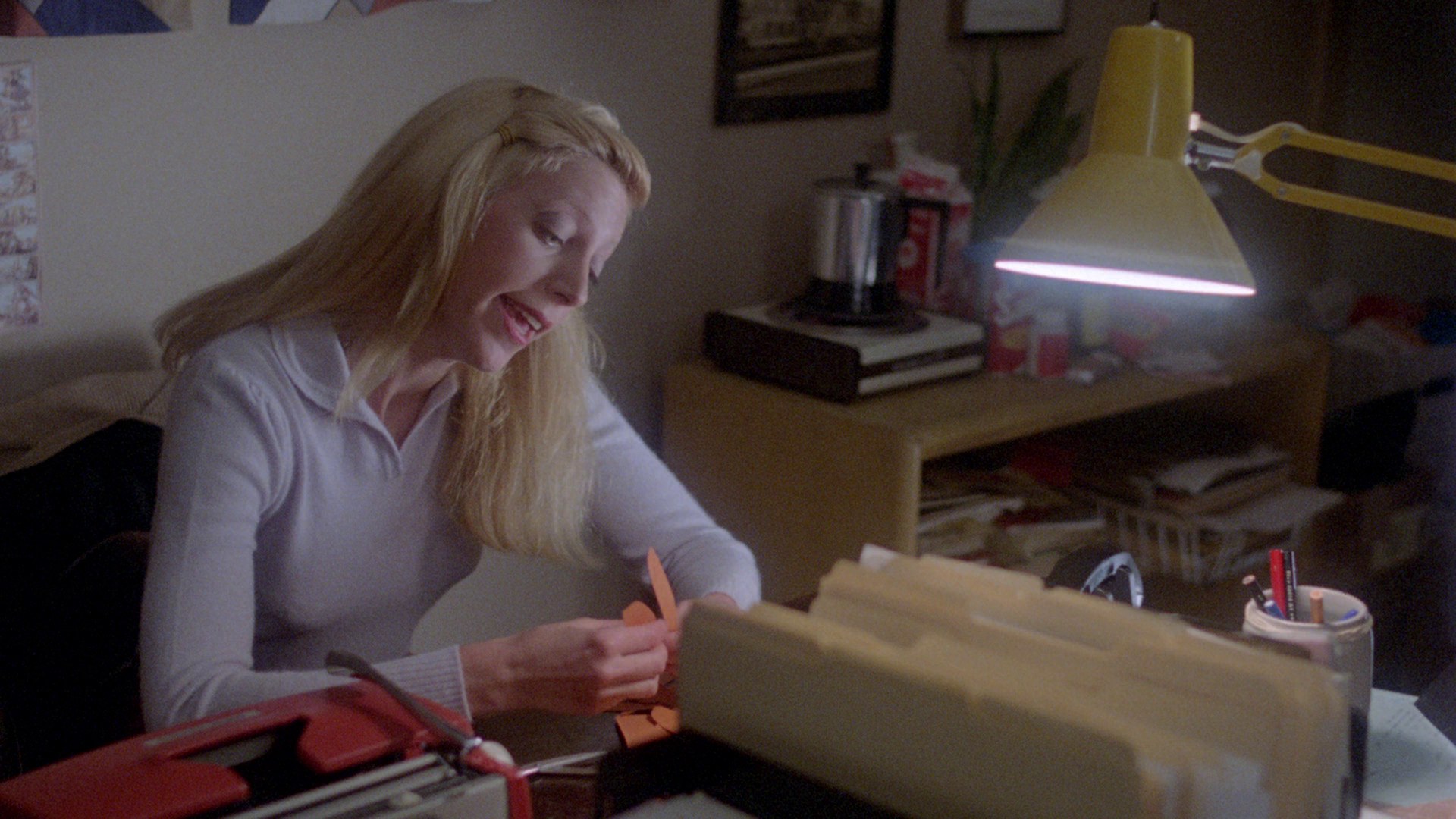
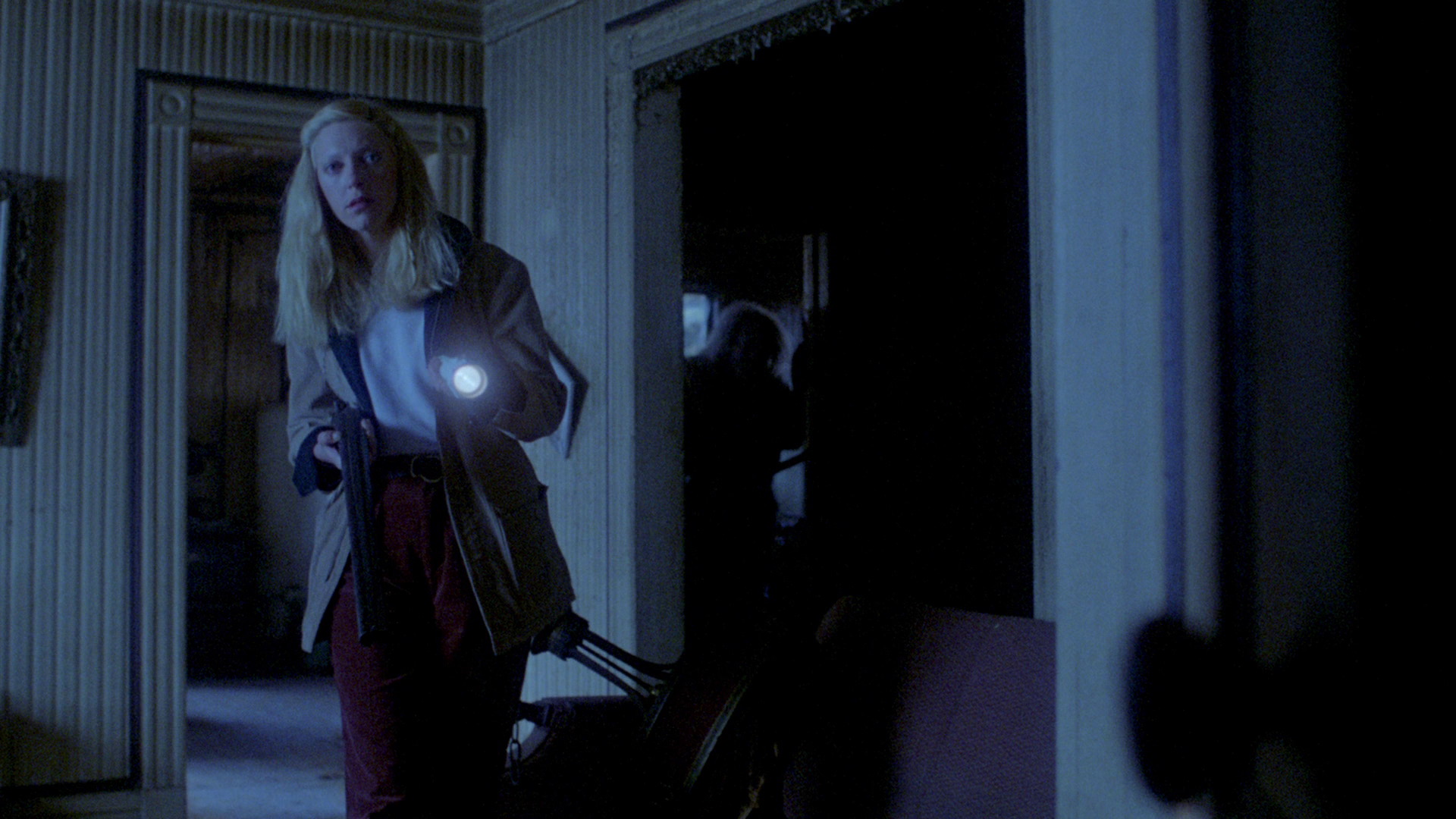
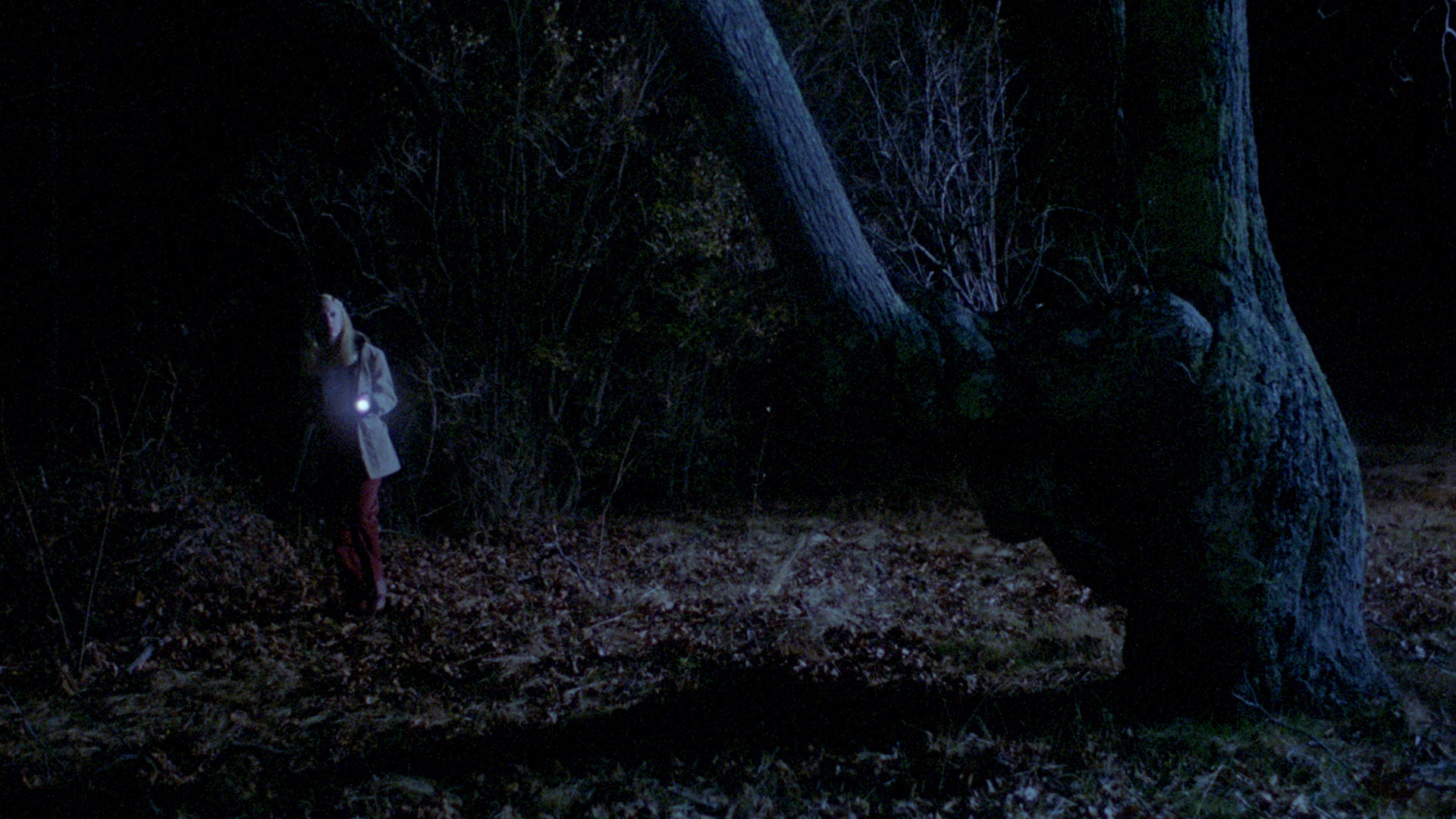
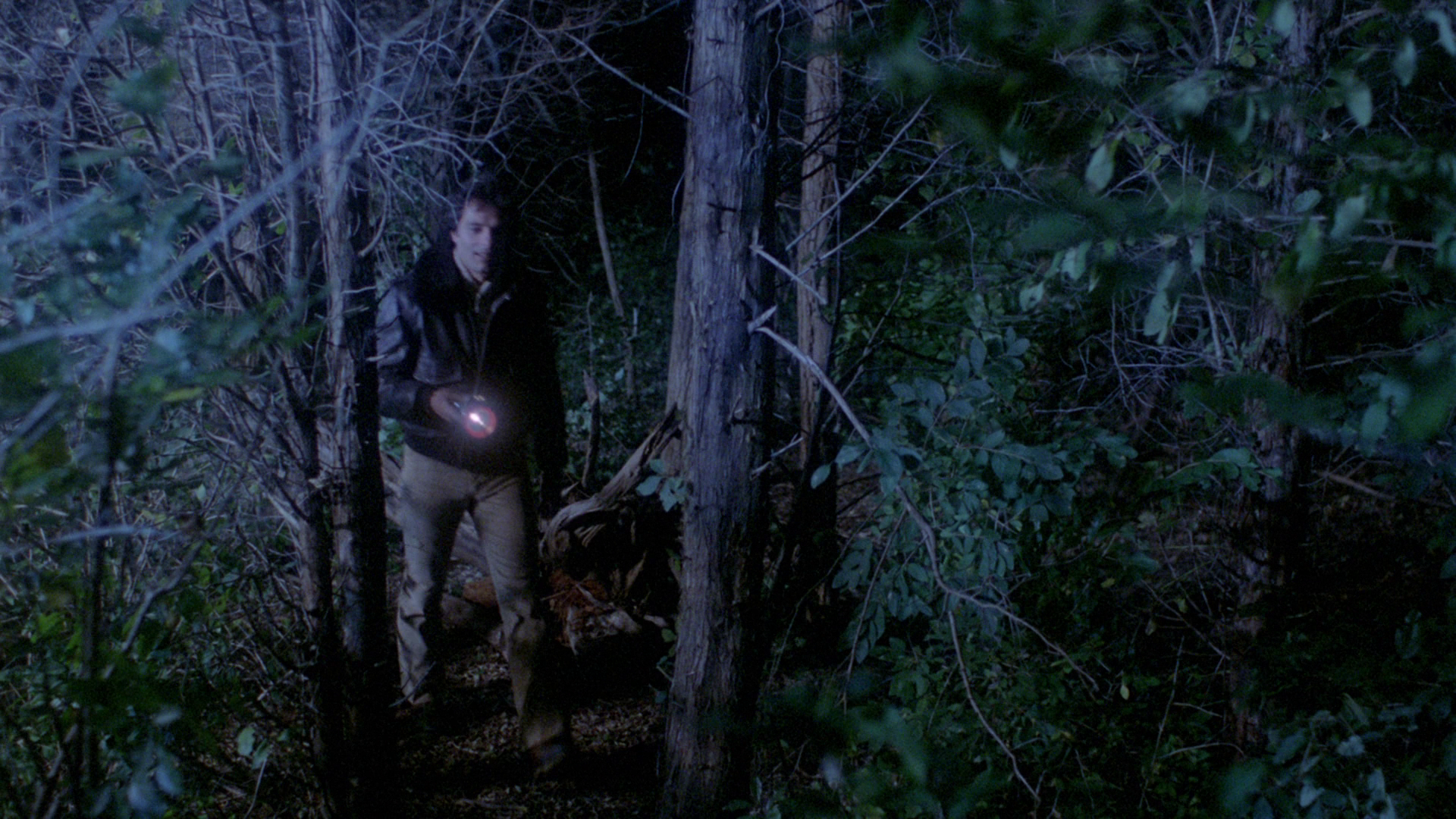
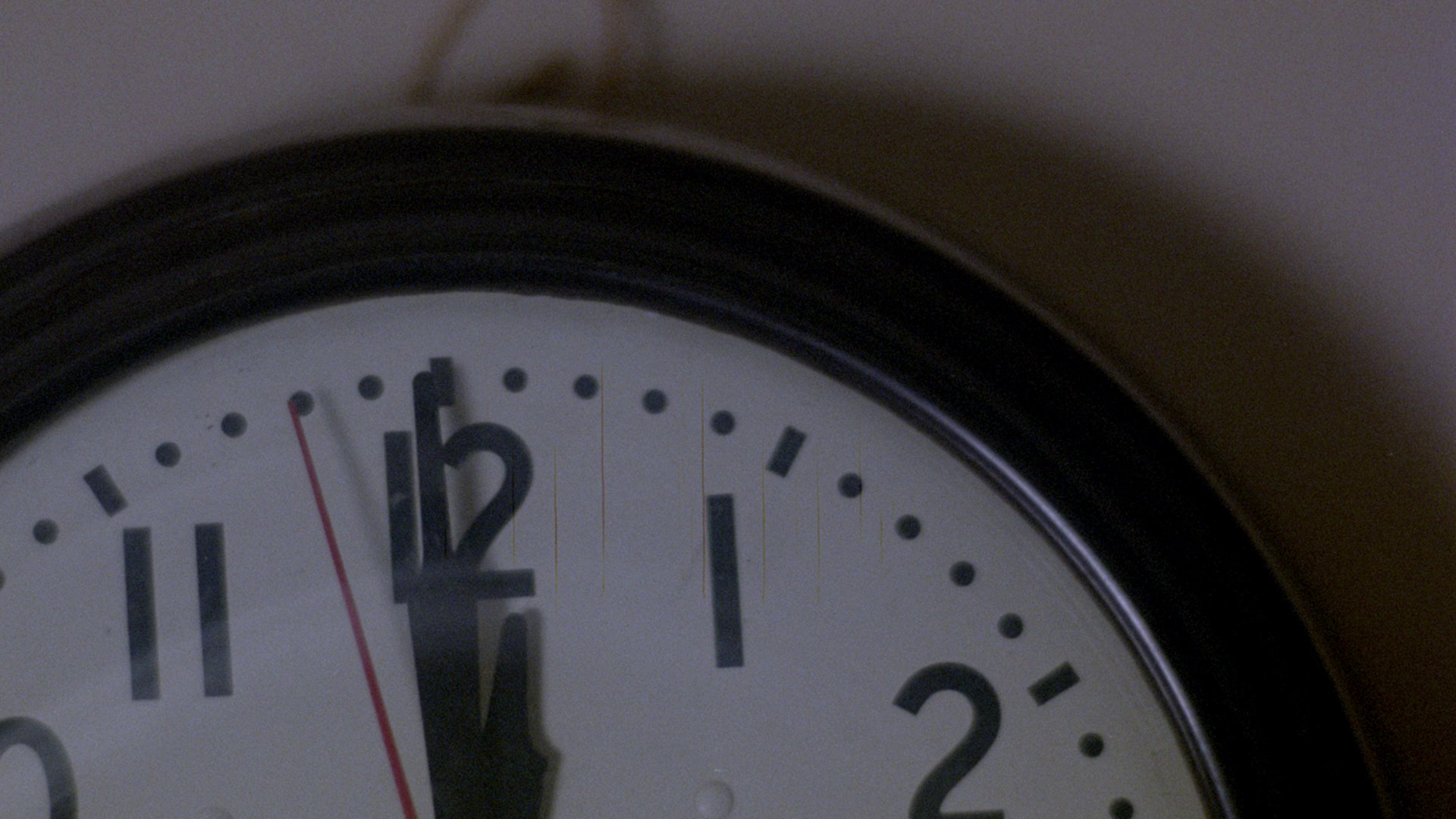
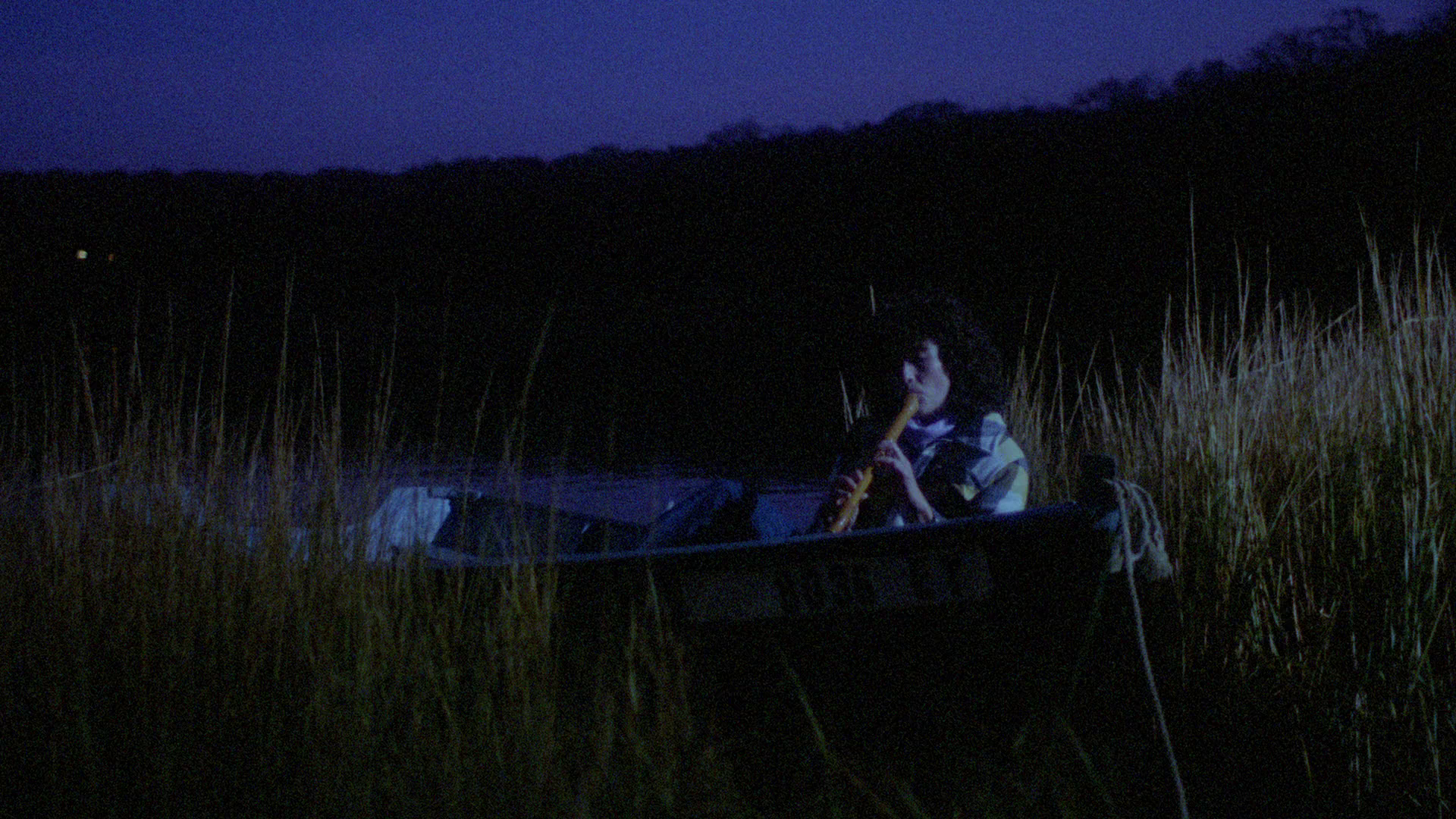
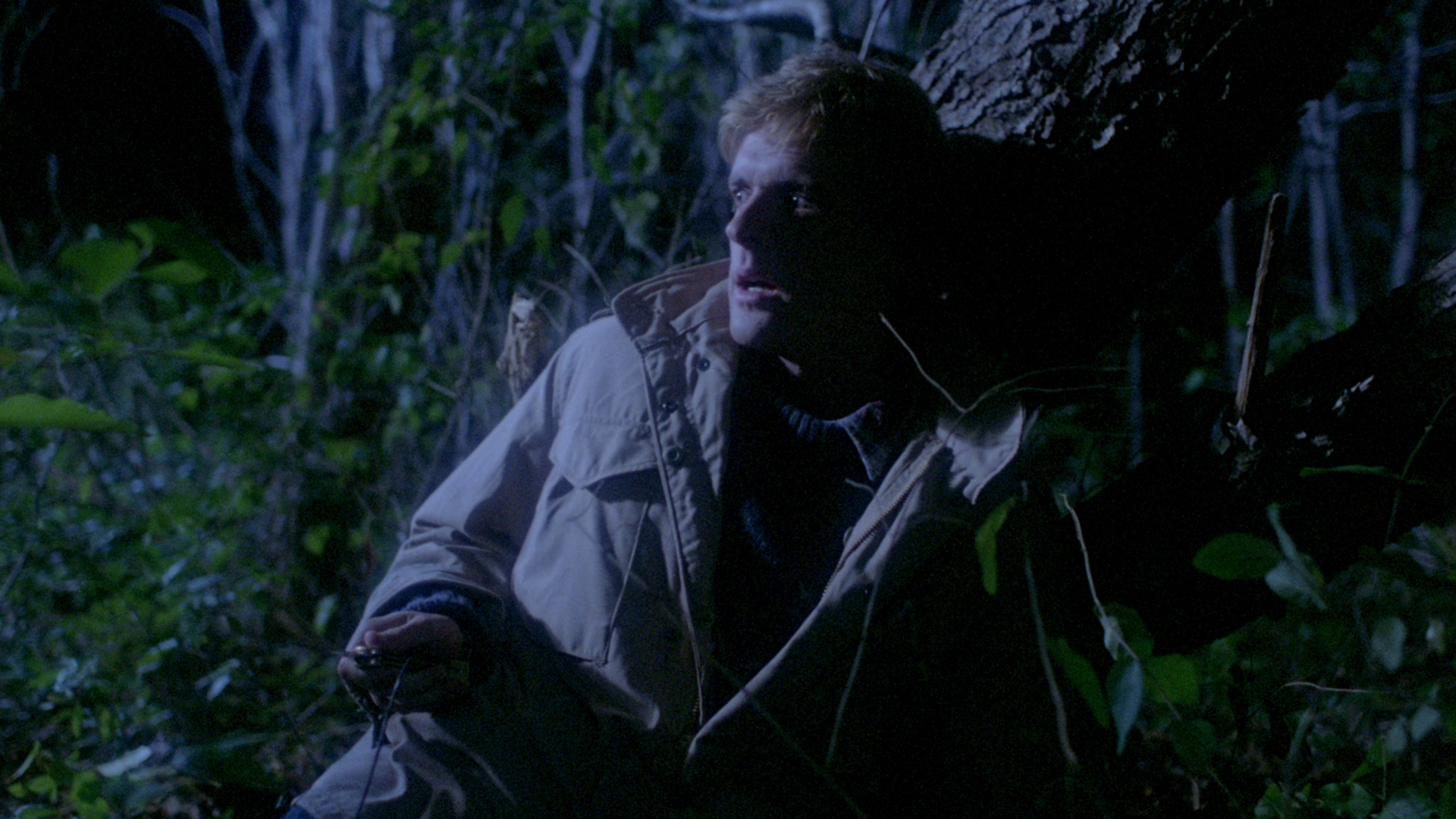
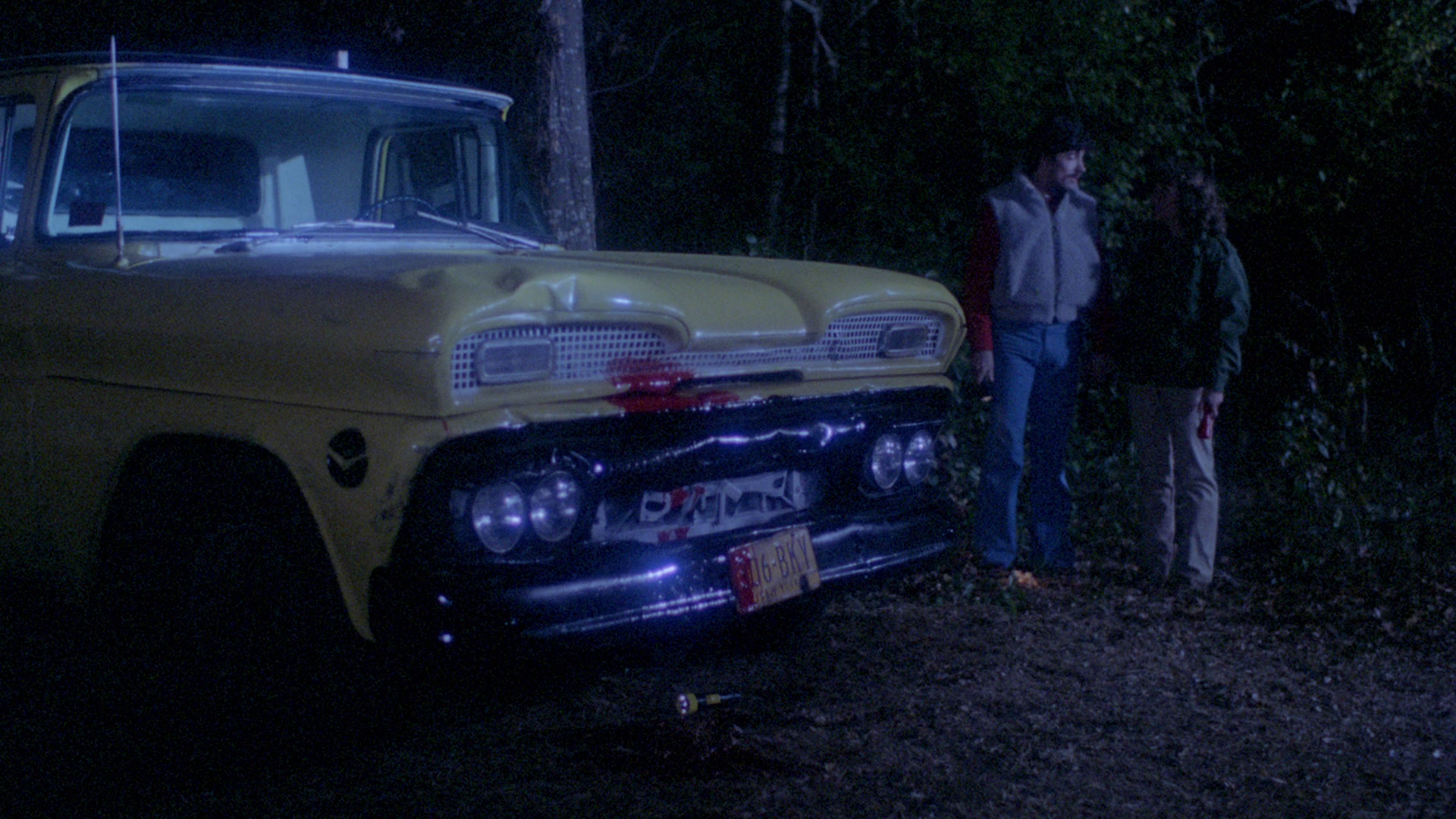
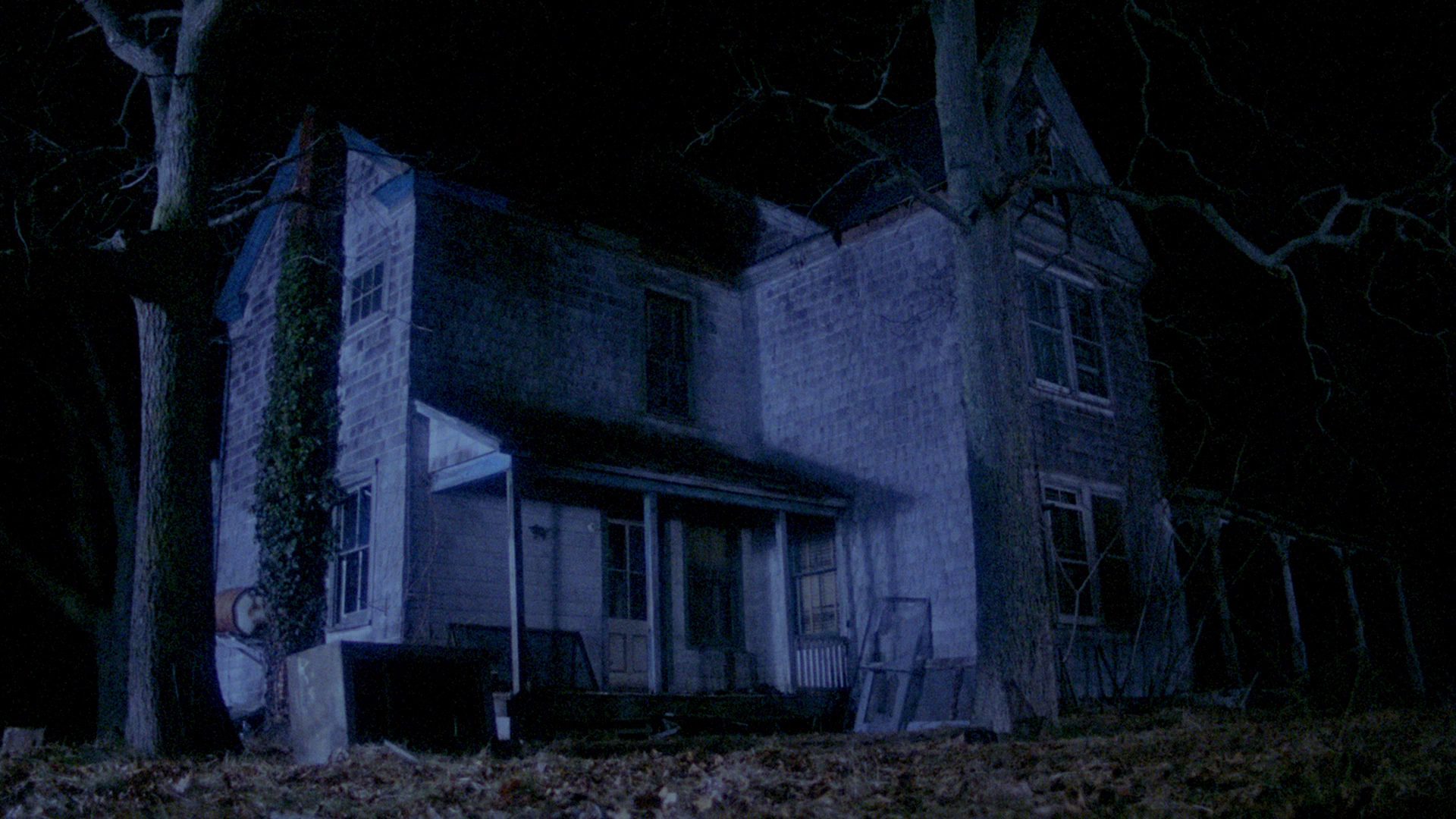
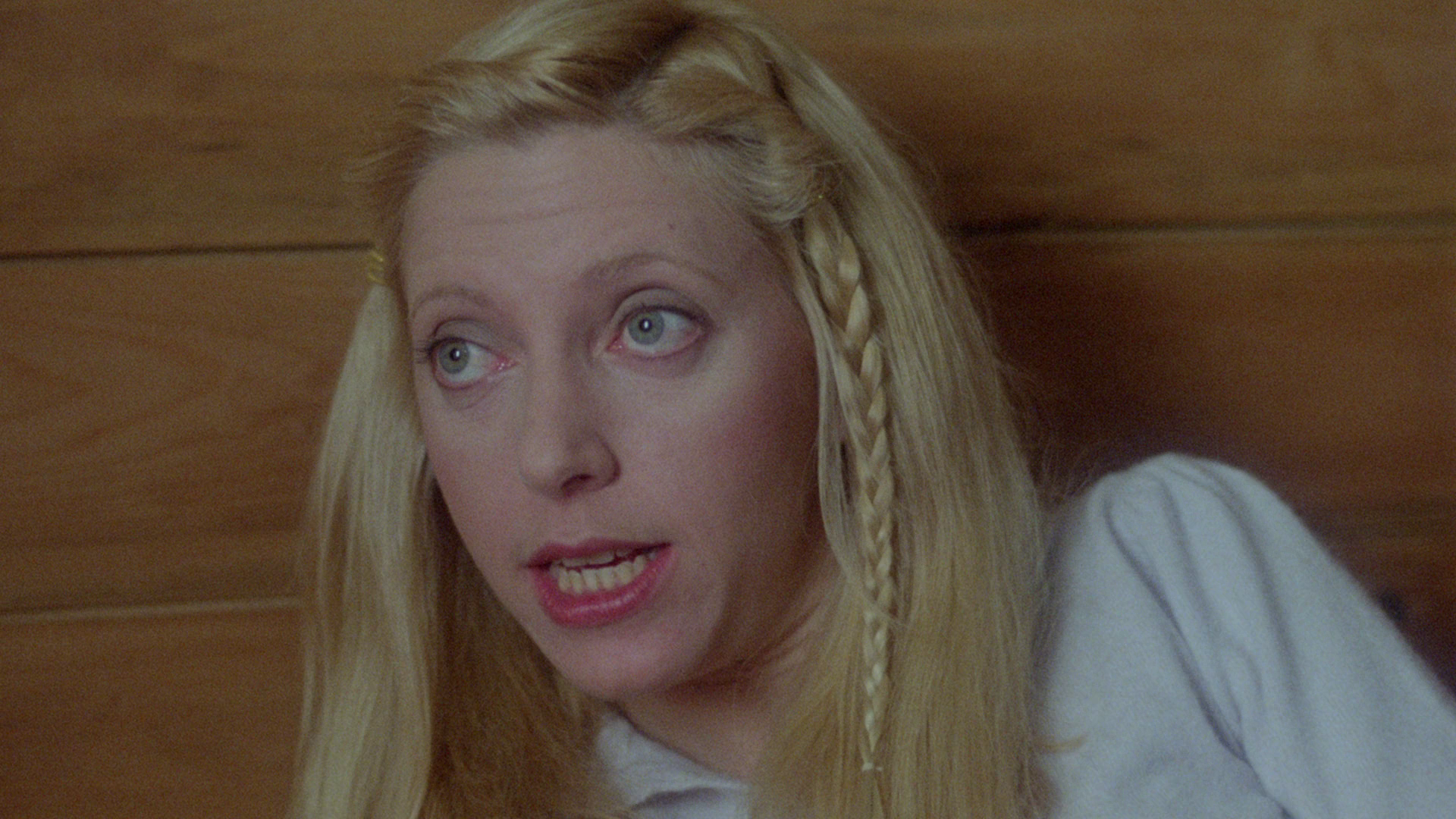
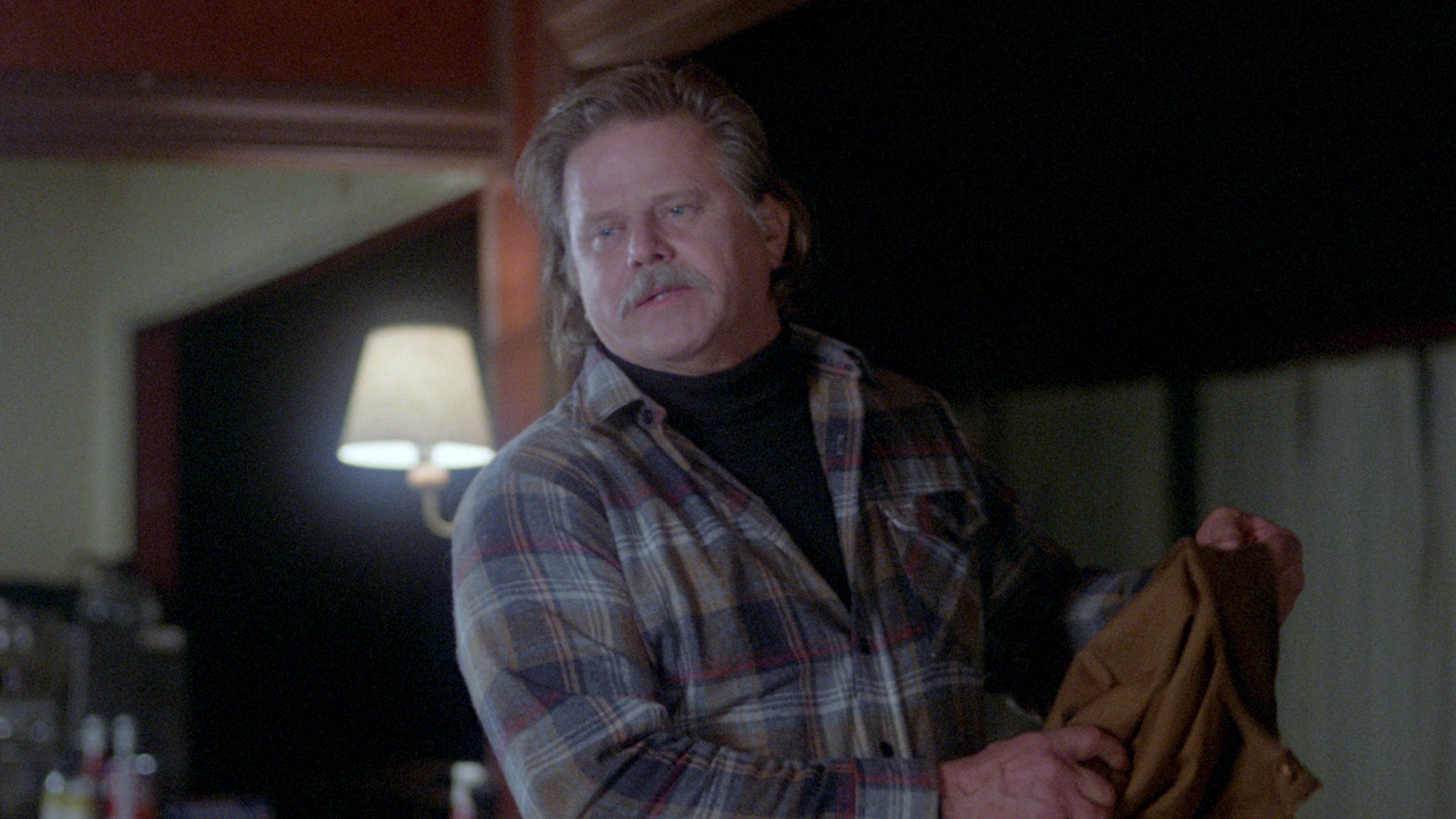
|
|||||

|